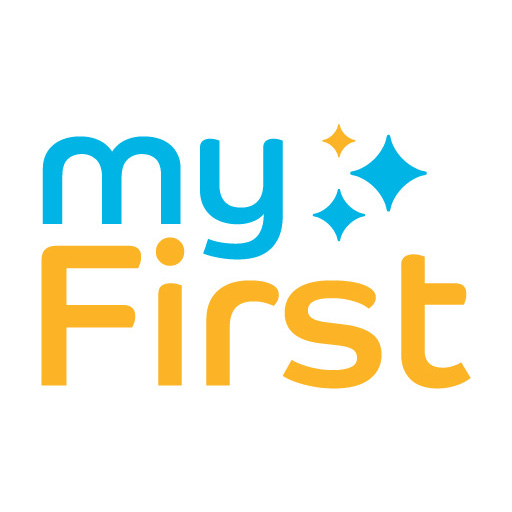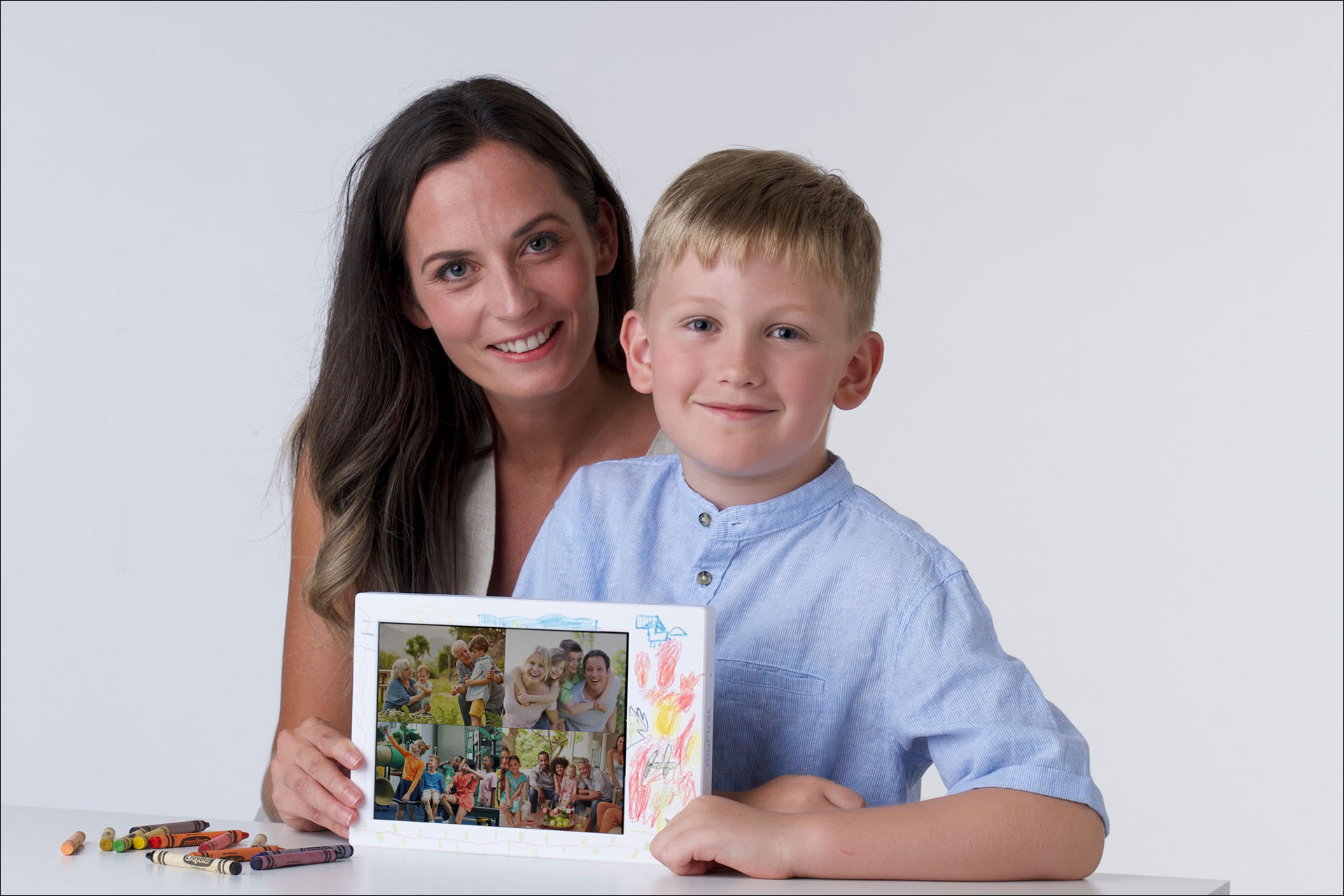How to Teach Drawing to Kids: 10 Fun and Effective Strategies
It’s often said that children are our future. And if that’s true, then the future looks bright indeed, because children have an innate curiosity and creativity that is truly amazing. All children are born artists, but not all of them stay that way. Why? Often, it’s because they don’t receive the encouragement, they need to continue developing their talent.
That’s why it’s so important for parents and teachers to encourage kids to keep drawing, even if their drawings are “just stick figures.” Here are 10 fun and effective strategies for teaching drawing to kids:
1. Start with the basics
Teach children the basic shapes and how to draw them. Then move on to simple objects like houses, trees, and animals. While starting with the basics, make sure to:
- Encourage them to use their imagination: “Let’s turn that tree into a monster!” If they get stuck, offer some ideas to jumpstart their creativity.
- Tell them it’s okay to make mistakes: “No one’s perfect! Just keep trying and you’ll get it.” Sooner or later, they’ll realize that mistakes are part of the creative process and help them to become better artists.
- Make it fun: Add silly details or turn their drawings into stories.
2. Use different mediums
Experiment with crayons, colored pencils, markers, chalk, paint, and even food! (Edible finger paints are great for younger children.) This will not only help to keep their interest but also allow them to explore different textures and colors.
While using different mediums, don’t forget to:
- Encourage them to be expressive: The sky’s the limit! There are no “wrong” colors or shapes.
- Let them get messy: It’s okay (and even encouraged) to get paint on their clothes or chalk on the floor. This is how they learn!
- Make cleanup fun: Use a spray bottle to clean up finger paints or let them hose down the chalk drawings on the driveway.
3. Try different surfaces
In addition to traditional paper, try drawing on butcher paper, construction paper, cardboard, cardstock, and even fabric. This will give them a chance to explore different textures and experiment with new materials.
When working with different surfaces, remember to:
- Encourage them to be creative: “What can you make with this piece of cardboard?” or “How can we turn this fabric into a work of art?”
- Help them think outside the box: If they’re stuck, offer some suggestions on how to use the material in a different way.
- Make it fun: Have a “drawing party” where everyone gets to try out different surfaces and mediums.
4. Get them moving
Incorporate movement into your drawing activities to help kids burn off some energy and have fun! Here are some ideas:
- Have a drawing race: See who can draw the fastest or who can make the longest line.
- Make it a game: Play “I Spy” or Simon Says with drawings instead of words.
- Do it together: Draw a picture and then have your child add to it or vice versa.
5. Encourage them to experiment.
Tell them to try new things and experiment with their drawings. They may surprise themselves with what they can create! Here are some ideas to get them started:
- Draw an upside down or backward: For example, have them draw a tree starting from the top and working their way down.
- Use both hands: Encourage them to use their non-dominant hand or try drawing with both hands at the same time.
- Change perspectives: Have them lie on their stomachs or stand on their heads to change their perspective.
6. Make it a competition
Whether it’s a friendly competition between siblings or a more formal art contest, kids love to see their work being recognized. This will not only encourage them to keep drawing but also help them to strive for excellence.
Here are some ideas for competitions:
- Sibling rivalry: Have an “art show” where each child gets to display their drawings and vote for their favorite. The winner gets a prize (like an extra bedtime story).
- Classroom contest: Host a drawing contest in your child’s classroom with different categories (like “Most Creative” or “Best Use of Color”).
- Family affair: Have a family drawing contest where everyone submits their best work and votes on a winner.
7. Take them on an art scavenger hunt
This is a great way to get kids excited about drawing and exploring their surroundings. Give them a list of things to find and draw, such as:
- A flower: Have them draw the petals, stem, and leaves.
- A cloud: What shape is it? Is it fluffy or wispy?
- A bird: What color is it? Does it have spots or stripes?
- A stop sign: What color is it? How many sides does it have?
8. Give them a drawing prompt
If they’re having trouble coming up with ideas, give them a drawing prompt to get them started. Here are some ideas:
- Draw your favorite thing to eat.
- Draw a picture of your family.
- Draw yourself as a superhero.
- Draw a scene from your favorite book.
9. Use technology
There are a variety of apps and websites that can help kids learn to draw. These can be a great supplement to your lessons or a way for them to practice on their own.
Some of our favorites include:
- How to Draw (iPad app)
- Drawing for Kids (website)
- Tux Paint (drawing program for kids)
10. Get them a drawing Sketch Book
Last but not least, one of the best ways to encourage kids to keep drawing is to get them their own sketchbooks. This can be a fun way for them to practice their skills and explore their creativity. Plus, it’s a great way for you to see their progress over time. Sketchbooks are available in a variety of sizes and styles, so you’re sure to find one that’s perfect for your child.
Encourage your kids to keep drawing and exploring their creativity with these 10 fun and effective strategies!
If you’re looking for a fun and creative way to encourage your kids to keep drawing, we’ve got just the thing! Check out our selection of sketchbooks perfect for budding artists of all ages. With a variety of sizes and styles to choose from, you’re sure to find the perfect one for your child.

Looking for Tech Gifts for Kids Who Love to Build and Create? Top Picks for 2024!
Do you remember building cardboard spaceships and transforming shoeboxes into pirate ships during your childhood? Screens are surely entertaining, but there’s something special about the

Kids’ Headphones with Safety First: Top Features of AirWaves Open-Ear Design
Keeping your child safe while they explore the world of sound can be a challenge. Loud music, complicated controls, and bulky designs can quickly shift





